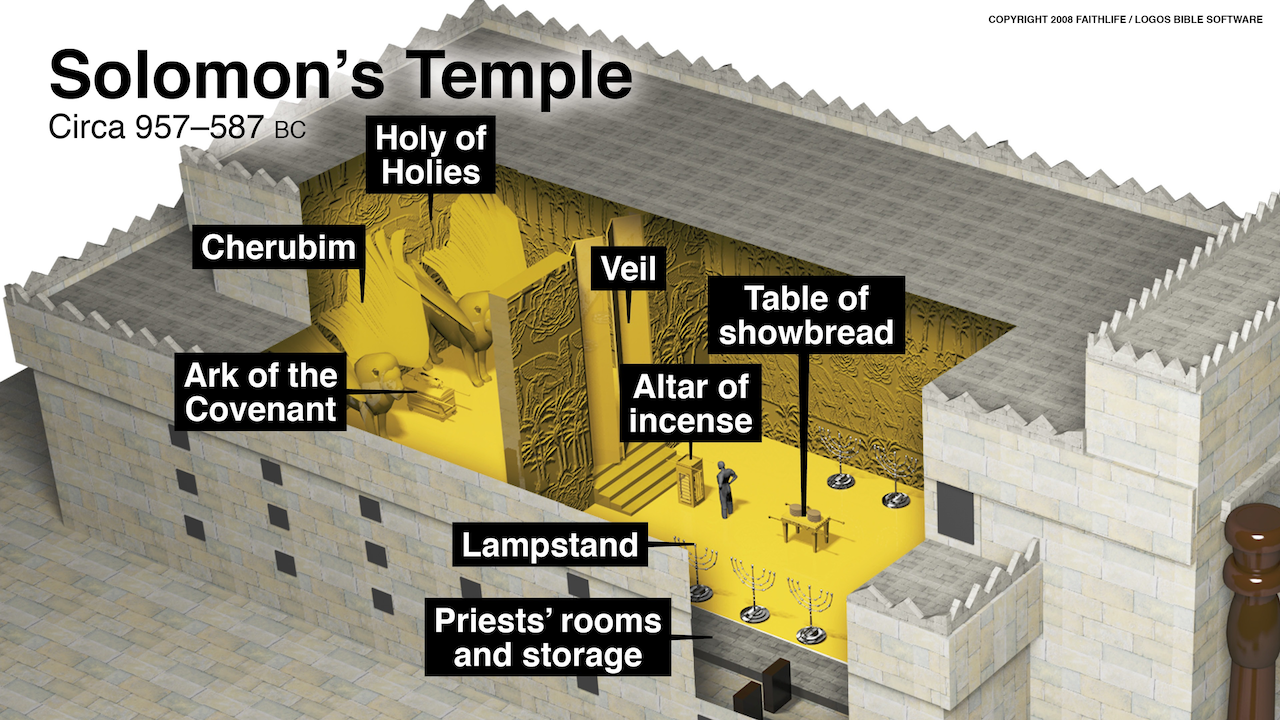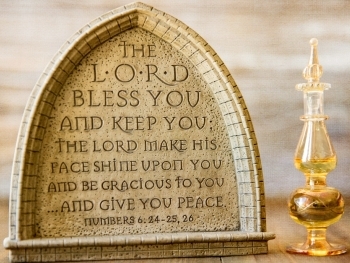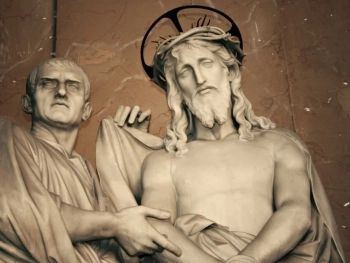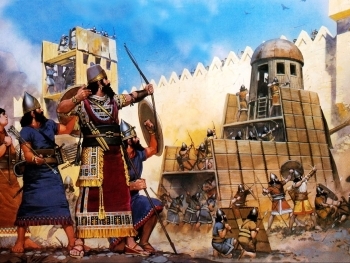
The construction of Solomon's Temple, a magnificent edifice dedicated to God, stands as a pivotal moment in biblical history. It was the culmination of King David's desire to build a permanent dwelling for God's ark, the sacred chest containing the Ten Commandments, and served as the central religious and cultural center of the Israelite kingdom.
David's Dream and Solomon's Commission
King David, the second king of Israel, had long envisioned the construction of a grand temple to house the ark of the covenant and celebrate God's presence among the Israelites. However, after God informed David that he would not build the temple due to his involvement in bloodshed, David set aside the necessary funds and materials for his son, Solomon, to carry out this sacred task.
The Architect and the Construction Process
Solomon, under the guidance of the skilled architect Hiram of Tyre, embarked on the ambitious project of constructing a temple that would surpass any other in its majesty and splendor. The temple was built on Mount Moriah, the site where Abraham had offered Isaac as a sacrifice and where God had established the covenant with Abraham and his descendants.
The Temple's Architectural Features
The temple was designed to be a reflection of God's glory and holiness. It was built using the finest materials available, including cedarwood imported from Lebanon. The temple's interior was adorned with intricate carvings, gold plating, and precious stones, creating a dazzling spectacle that would inspire awe and reverence among the Israelites.
The Holy of Holies and the Ark of the Covenant
The heart of the temple was the Holy of Holies, a sacred inner sanctum where the ark of the covenant was placed. This most holy place was accessible only to the high priest once a year on the Day of Atonement. The presence of the ark in the temple symbolized God's intimate presence among his people.
The Temple's Significance and Legacy
Solomon's Temple represented the culmination of God's covenant with the Israelites and served as a tangible reminder of their unique relationship with their Creator. It was a place of worship, sacrifice, and spiritual renewal, where the Israelites gathered to celebrate God's goodness and seek his guidance.
The Destruction and Restoration
The temple endured for over four centuries, but it was eventually destroyed during the Babylonian conquest of Jerusalem in 586 BCE. The Babylonians razed the temple to the ground, scattering the Israelites and marking a period of great loss and despair.
However, the destruction of the temple did not extinguish the Israelites' faith or their belief in God's promise to return them to their land. Following the exile and their eventual return, they embarked on the restoration of the temple, rebuilding it on the same site as the original structure.
Solomon's Temple: An Enduring Symbol
The story of Solomon's Temple remains a powerful and enduring symbol of faith, resilience, and the enduring relationship between God and the Israelites. It serves as a reminder of the profound impact of sacred spaces on human spirituality and the enduring legacy of faith amidst challenges and hardship.
Watch on YouTube






















